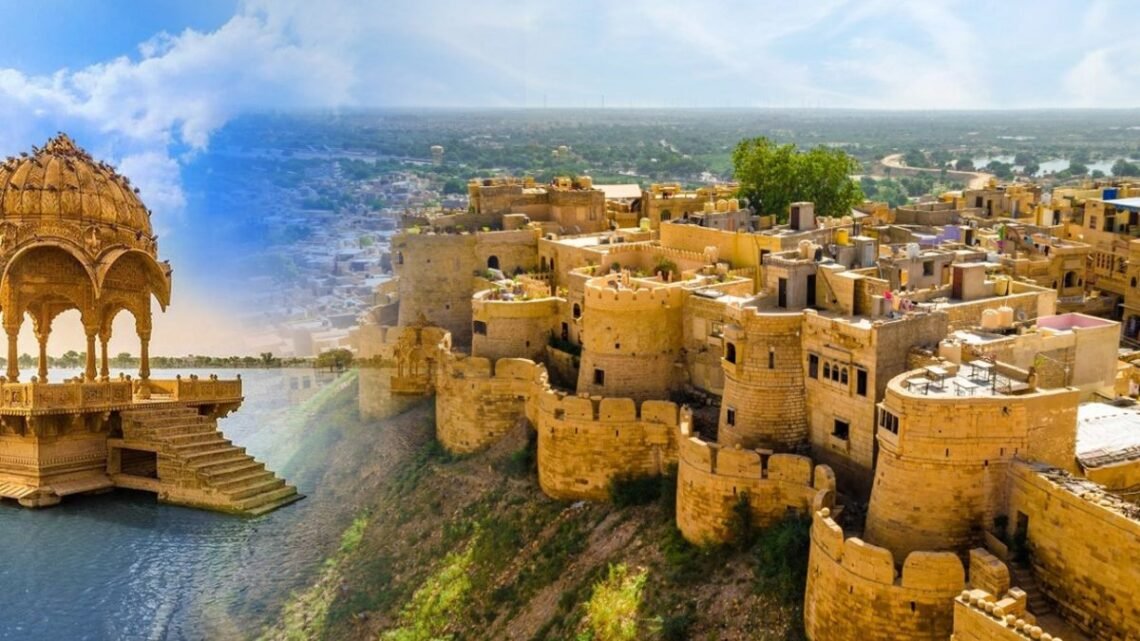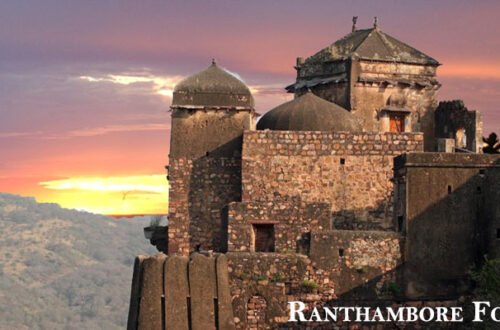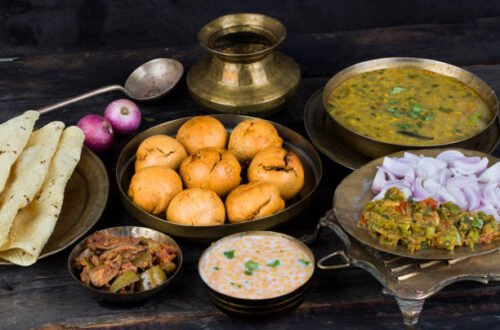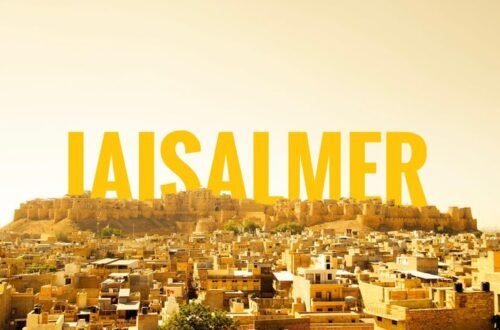Standing like a golden crown on the Trikuta Hill, Jaisalmer Fort is not just an architectural wonder but the living soul of Rajasthan’s royal legacy. Built in 1156 AD by the Rajput ruler Rawal Jaisal, the fort has witnessed centuries of history, culture, and trade that shaped the Thar Desert region. Travelers from across the world explore its sandstone alleys, ornate havelis, ancient temples, and vibrant markets that still breathe life into this magnificent fortress. For those who want to start their exploration seamlessly, opting for the Best cab service in Jaisalmer ensures you experience the fort and its surrounding gems without missing a beat.
A Living Fort: Where Past Meets Present
Unlike many other forts in India, Jaisalmer Fort is not a deserted monument. It remains alive with nearly 3,000 residents still calling it home. Inside the fort’s golden sandstone walls, daily life carries on with generations living in intricately carved houses and running shops, cafes, and guesthouses. This makes Jaisalmer Fort one of the rare “living forts” in the world. The authenticity of daily life amidst such historical surroundings creates a surreal experience that blends heritage and hospitality.
Architectural Marvel of Rajputana Grandeur
The fort’s architectural design reflects the brilliance of Rajput engineering. Constructed with yellow sandstone, it glows like molten gold during sunrise and sunset, earning it the nickname “Sonar Quila” or Golden Fort. The massive walls, towering bastions, and curved gateways reveal a strategic blend of defense and design. The entrance gateways—Akhai Pol, Ganesh Pol, Suraj Pol, and Hawa Pol—each have a historical tale etched in their stones. The palace within the fort, known as Raj Mahal, showcases intricate carvings and a view that stretches far into the desert.
Cultural Hub of Rajasthan’s Soul
Beyond its imposing structure, Jaisalmer Fort encapsulates centuries of art, culture, and tradition. Inside the fort walls, the Jain Temples are masterpieces of architecture with detailed carvings, sacred motifs, and spiritual ambiance. These temples, dating back to the 12th and 15th centuries, are made of yellow sandstone and dedicated to Tirthankaras like Rishabhdev and Shantinath. Religious practices, rituals, and festivals celebrated here reflect Rajasthan’s cultural tapestry.
Similarly, the bazaars within the fort brim with handicrafts, textiles, mirror work embroidery, silver jewelry, and artifacts that capture the essence of local artistry. The residents continue to preserve ancient crafts, making the fort a living gallery of folk traditions and craftsmanship.
Echoes of History and Legacy
Jaisalmer Fort’s significance isn’t just visual or cultural—it holds strategic historical importance. It served as a key trade hub between India and Central Asia. Merchants from Arabia, Persia, Egypt, and beyond used this route to exchange silk, spices, and ornaments. Its position on the Silk Route made Jaisalmer a thriving center of commerce, enriching the city and its rulers.
Throughout centuries, the fort faced several invasions but remained resilient. The stories of Rajput valor, particularly the acts of Jauhar (mass self-immolation) by Rajput women during sieges, are still remembered and recounted in local ballads and tales. These stories contribute to the deep emotional and patriotic connect Rajasthani people have with this fortress.
Explore with the Comfort of Trusted Travel
Exploring Jaisalmer Fort and the rest of the city becomes much more enjoyable with a reliable Jaisalmer taxi service. With narrow lanes and uneven terrain within the old city, it helps to have local drivers who know the routes and the best times to visit each landmark. Whether it’s catching the golden hues of sunset from the fort ramparts or heading out for a camel ride in Sam Sand Dunes, a trustworthy travel partner ensures a smooth journey.
Witness the Best of Jaisalmer with a Sightseeing Tour
A comprehensive Jaisalmer sightseeing tour often begins or ends at this iconic fort, but it also includes surrounding wonders such as Patwon Ki Haveli, Salim Singh Ki Haveli, Gadisar Lake, and Bada Bagh. These landmarks, rich with architectural beauty and folklore, form the broader picture of what makes Jaisalmer unique. Each site carries layers of stories, from royal lifestyles to local legends, that bring Rajasthan’s heritage to life.
Photographic Paradise and Cinematic Glory
Jaisalmer Fort’s striking visuals have attracted filmmakers, photographers, and travel writers for decades. Satyajit Ray famously brought the fort into the limelight through his film Sonar Kella, which immortalized the structure in popular culture. Since then, countless documentaries, music videos, and Bollywood movies have captured its magic, enhancing its global appeal.
From every angle, the fort offers mesmerizing shots—the blend of blue sky, golden ramparts, and colorful Rajasthani attire creates an unmatched aesthetic. For photography enthusiasts, early morning and late afternoon are ideal times to capture the play of light on sandstone.
Why It Continues to Be the Heart of Rajasthan
Among the many forts dotting Rajasthan’s desert landscape, Jaisalmer Fort holds a unique place due to its continuing role in local life, its layered history, and its captivating presence. It is more than a tourist attraction; it is a symbol of endurance, tradition, and pride.
Generations have lived and served within its walls, and each stone tells a story—of devotion, defense, art, and evolution. To visit Jaisalmer Fort is to walk through centuries of heritage in one single journey.
For those seeking a deeper understanding of Rajasthan beyond the surface, the fort is a perfect starting point. It’s where the legacy of desert royalty and the pulse of local life meet. Whether you’re a history buff, cultural explorer, or casual traveler, Jaisalmer Fort leaves an impression that’s hard to forget.





